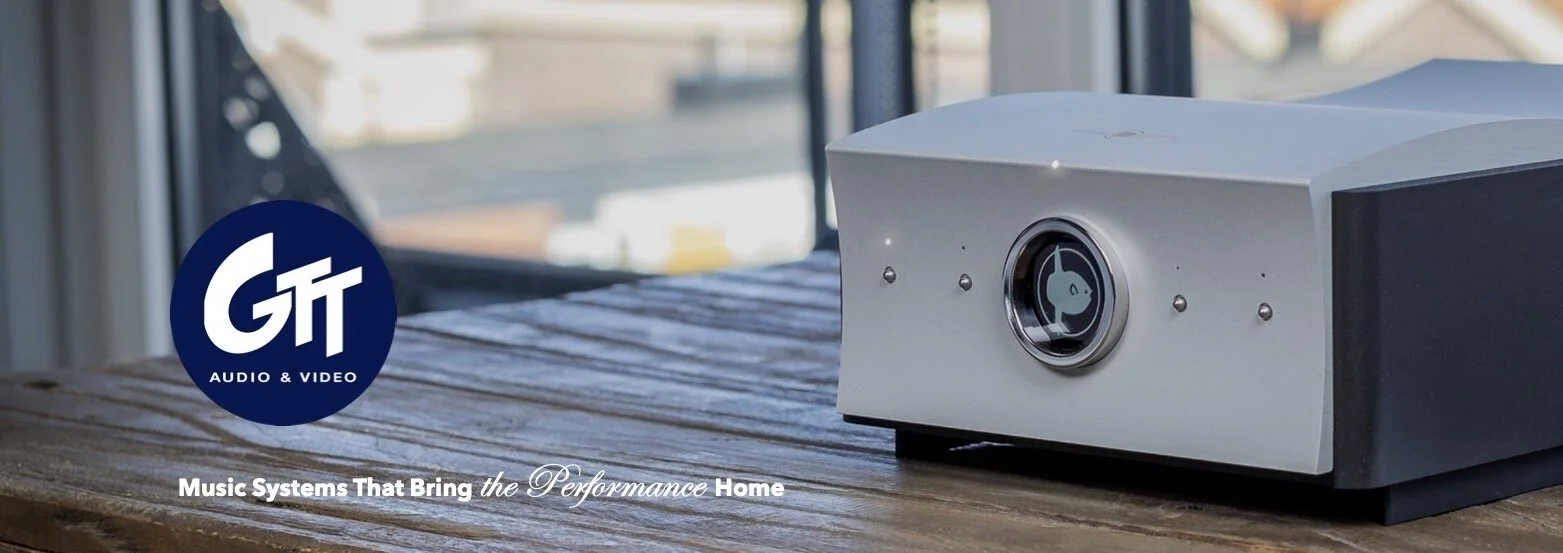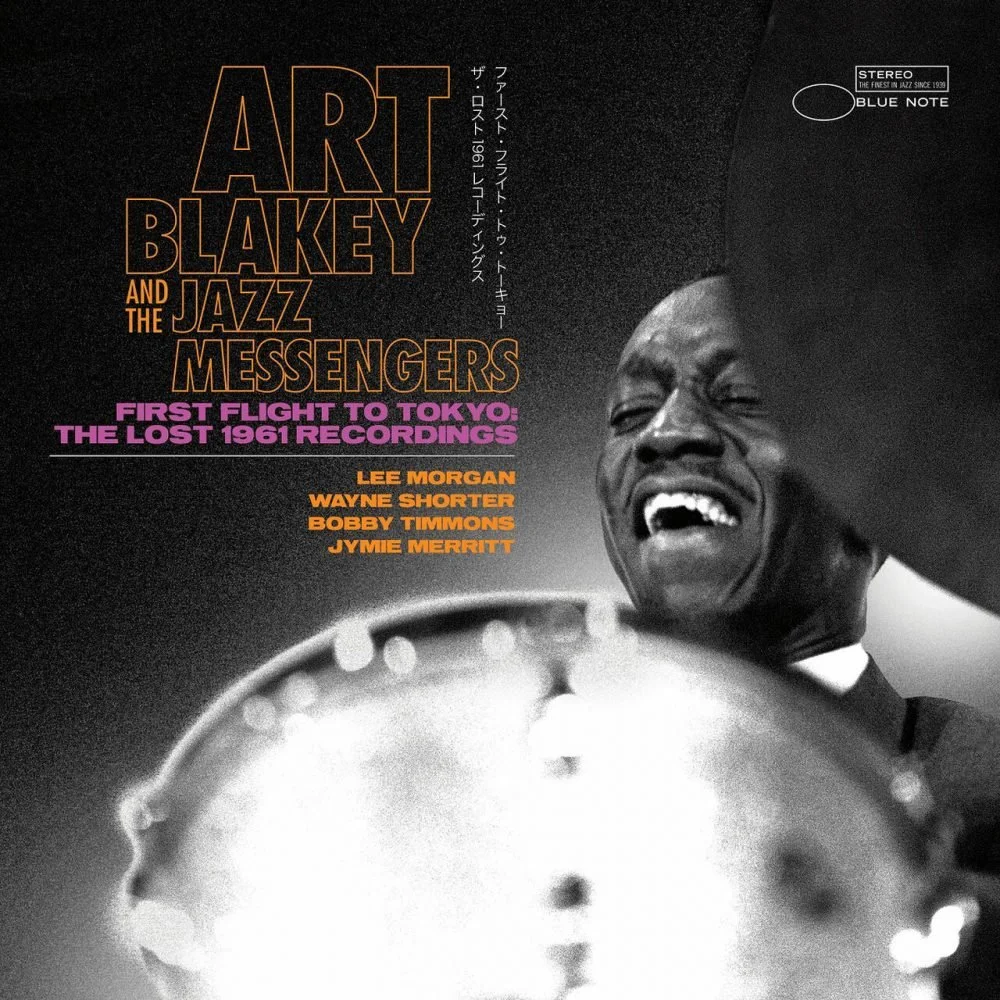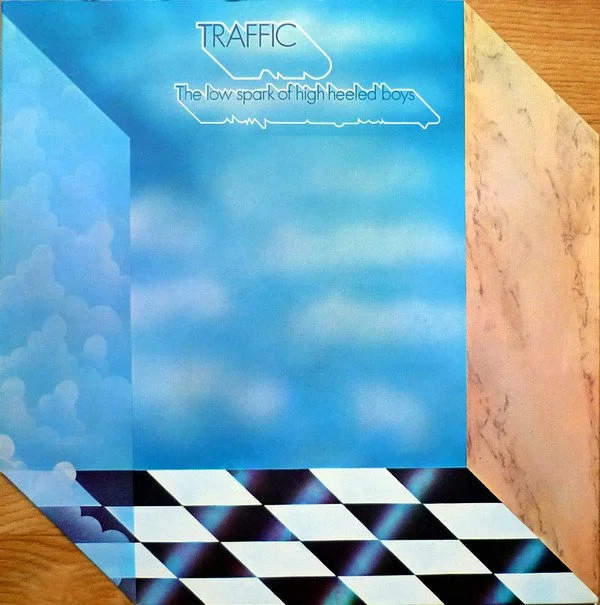THE MOLA MOLA KULA INTEGRATED AMPLIFIER - REVIEW
The Mola Mola Kula Integrated Amplifier
Based in the Netherlands, Mola Mola has already had a major impact on the world of high performance audio. Belgian born founder Bruno Putzeys is a legitimate legend in the industry. He pushed Class D amplifier technology light years into the future, with his NCore designs competing with the very best amplifiers in the world, regardless of topology. These accomplishments just scratch the surface of Putzeys’s resume.
In addition to changing the landscape of amplifiers, Putzeys has co-founded Grimm Audio, and designed one of the world’s elite DSD Analog to Digital convertors. He also cofounded Kii, an active speaker company, and Purifi, designers of innovative speaker components. If that was not enough, Putzeys owns numerous patents, and continues to forge ahead with new ideas.
One of Mola Mola’s more recent products is the Kula integrated amplifier. It is a modular design, with the basic unit costing $13,800. The optional DAC module, the same found in their standalone Tambaqui convertor, is $8200. The phono module comes in at $3000. So the “fully loaded” unit will come in at $25,000. With the DAC module installed, you also get a ROON ready streamer, with Ethernet input. The review unit arrived with all of the above! There is a cigar shaped steel remote control, and the Mola Mola app allows for extensive setting options and full input and volume control, via Bluetooth.
Looking at the physical aspects of the Kula, it is a hefty 25 lbs, but has a very manageable footprint. The casework is exquisite, but not in any way gaudy. The unit exudes precision and is a beautiful example of modern industrial art. There are 3 analog inputs, and, very cleverly, the inputs can accommodate both single ended and balanced cables, selectable via a toggle switch. The DAC module accepts both USB and AES/EBU connections, and there is an RJ45 Ethernet jack for connecting to your network. A pair of very high quality speaker outputs complete the picture.
Set Up & Listening:
After downloading the Mola Mola app on my iPad, and connecting to the Kula via Bluetooth, setting it up to my desired parameters was extremely quick and easy. You can assign inputs, adjust gain on each input, and set the phono stage up for your cartridge. I ended up using 72 dB of gain for my Rega Planar 6 turntable outfitted with Ania Moving Coil cartridge. With a Rosewill CAT7 cable connected, I was able to enable the Kula as a ROON endpoint. The DAC decodes virtually every resolution up to Quad DSD. I was left wanting for nothing.
The Kula drove both Magnepan 1.7i speakers, and Alta Audio Alyssia stand mounts (review forthcoming). The Kula outputs 150 wpc into 8 Ohms, and a whopping 300 wpc into 4 Ohms, and had no trouble at all filling up a large room with high ceilings without as much as breaking a sweat. Indeed, its power seemed effortless. We left the Kula powered on at all times for maximum performance. We used an Audio Art Cable power cable, and set the Kula up on Symposium Rollerblock+ pucks, with a Symposium Svelte Shelf.
We cycled through albums we had been listening to recently with our usual electronics, and immediately our ears told us we had struck sonic gold. The Kula as a DAC and amplifier simply brought music to life with some of the most transparent, organised and life-sized sound we have ever heard. One of our all time favourite albums is In Search Of The Lost Chord, the Moody Blues 1968 psychedelic opus. We have numerous versions, including the sublime SACD, the 50th Anniversary Edition download, which includes a fresh, superb sounding 24 bit, 96 kHz remix, and numerous bonus tracks. We also have several original Deram vinyl pressings. The Kula presented the acoustic guitars, mellotron, flute, and the vocals with such pristine texture it was hard not to have the album on repeat.
We then cued up several late 60’s Fairport Convention albums, including rips of the Japanese SHM SACDs of Liege & Leaf, and Unhalfbricking. These pioneering British folk rock albums came across as amazing time pieces, with Sandy Denny’s sublime vocals and Richard Thompson’s modal guitar lines having a hypnotic effect. The Kula provided holographic images and brought out the drama in renditions of “Matty Groves”, “Tam Lin”, “Who Knows Where The Time Goes?” and “A Sailor’s Life”.
A young artist out of the UK, Joshua Burnell, has taken up the British folk rock torch and carried it forward with great skill. His albums are available on Bandcamp and his Patreon page, and all are worth exploring. He mixes in excellent original compositions with classic British folk tunes, like “Blackleg Miner”, “Lowlands Of Holland” and “She Moved Through The Fair”. His recordings, done with a friendly cast of superb musicians, are extremely good. The Kula got to the heart of the organic nature of these recordings, and allowed a certain authenticity to shine through. Magical!
To further put the Kula DAC module through its paces, we spent a few weeks with high resolution downloads and lots of SACD rips. We cued up everything from the 24 bit, 96 kHz AC/DC catalogue remasters, the 192 kHz Rush remasters, and then transitioned to lots of excellent jazz, like the recent 192 kHz and SACD rip of the sublime Art Blakey archival recording, First Flight To Tokyo, and new releases like the sonically and musically excellent Art Moves Jazz, a 96 kHz download from the Quentin Baxter Quintet.
Without exception, at all resolutions, the digital side of the Kula was stupendous. In fact, it rivals and maybe even surpasses many uberexpensive standalone units we have heard. We have not had a chance to hear the Mola Mola Tambaqui DAC, which is priced at around $13,000, however. But for those purchasing a Kula, the DAC option makes perfect sense.
Spinning The Black Circle:
We had a stack of vinyl ready to put the Mola phono module through its paces. Spoiler alert, to be perfectly upfront the Phono stage was absolutely superb in every way. It took literally a minute to select and assign the input and set the gain setting. Then we spun vinyl for days on end. We ended up starting with one of the albums we streamed from our library, the Mobile Fidelty CD version of The Low Spark Of High Heeled Boys by Traffic. We have an original pink label Island pressing, and to say we were both stunned and delighted with the presentation would be an understatement. Chris Wood’s flute, Steve Windwood’s vocals and Jim Capaldi’s drums were so nicely placed in the mix, and had so much texture, it caused quite a stir among several visitors who requested LP after LP.
We then dove into our Beatles stash and cranked up numerous albums, including Magical Mystery Tour, Beatles ‘65, Revolver and Abbey Road, all original US pressings. There was plenty of joy to behold here. These albums sounded wonderful across the board, with vocals, stereo separation, and bass all being rendered with that all important human character.
As with the DAC, adding the phono stage is highly recommended if purchasing the Kula.
In our experience, the phono module easily competes with pricey dedicated boxes.
Fully loaded, the elegance of this one box solution is essentially without equal. Of course, if a prospective customer has invested quite a bit in a standalone DAC or phono preamp which they prefer, the Kula, used strictly as an amplification device, is as good as it gets in the world of integrated amps in our estimation.
The Kula ran slightly warm to the touch when left powered on, hardly a cause for concern, but common sense dictates a decent amount of ventilation. The design of this integrated amplifier assures it is headache free. Connect your cables, jump on the app and get tunes. At this price point we should expect nothing less, and Mola Mola delivers the goods, both ergonomically and sonically.
The Kula also had the ability to bring out the natural character of speakers. When paired with the Magnepan 17i, the natural coherence and superb transients the speakers are known for were taken to a new level. In fact, we normally use a pair of JL Audio subwoofers with the Magnepans, but did not miss them at all with the Kula. We had all the bass we desired and it was very controlled. With the Alta Audio Alyssa monitors, the depth of image, immediacy and resolution these speakers provide became even more apparent. We can simply call it an ideal pairing. With Kula driving the Alyssas, there was a certain grip on the music, and the amazingly low noise floor will be missed when we have to ship the speakers and amp back!
Conclusion:
The Mola Mola Kula integrated amplifier is, to our ears, a state of the art in one box amplification solution. The rich midrange, the perfectly articulated and controlled bass, along with the amp’s overall grip on the music and speakers, makes it one of the great integrated amps of our time, and we have heard a few. Add the absolutely superb, user configurable phono stage, and the state of the art DAC and streamer module, and you have a package that would dazzle even the most jaded audiophiles. As a bonus, it is captivating visually.
It is not often for components that are as sophisticated as the Kula to be easy to set up and enjoy hassle free. This is important as these types of products should have their owners spending more time listening to music than fussing. The Kula had us reaching for records deep in our collection, and mining our NAS on a daily basis.
For those who can afford to swim with the big fish, the Mola Mola Kula is recommended without reservation. In fact, it allows one who desires to downsize from a stack of boxes and cables to do so without compromise. Along with that, you will have enough power to drive virtually any speaker, even in the most demanding rooms. If seeking a 21st century truly integrated turnkey solution for those who can afford the best, the Mola Mola Kula is a must hear. And without further ado we award the Mola Mola Kula our DIAMOND AWARD for unparalleled excellence.
Manufacturer: MOLA MOLA
Mola Mola
Kattegat 8
9723JP Groningen
Tel: +31(0)505264993
Distributor: GTT Audio
+1 908 850 3092
av@gttaudio.com
www.gttaudio.com









